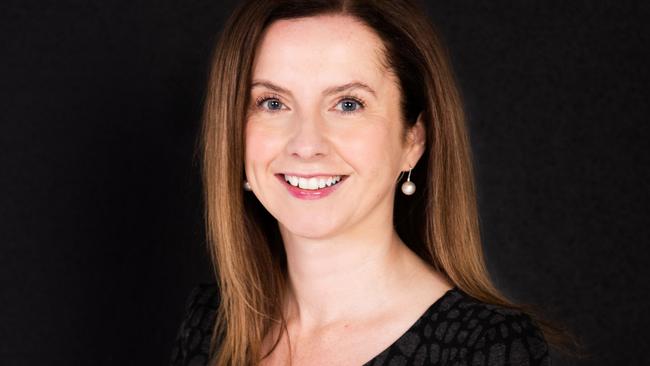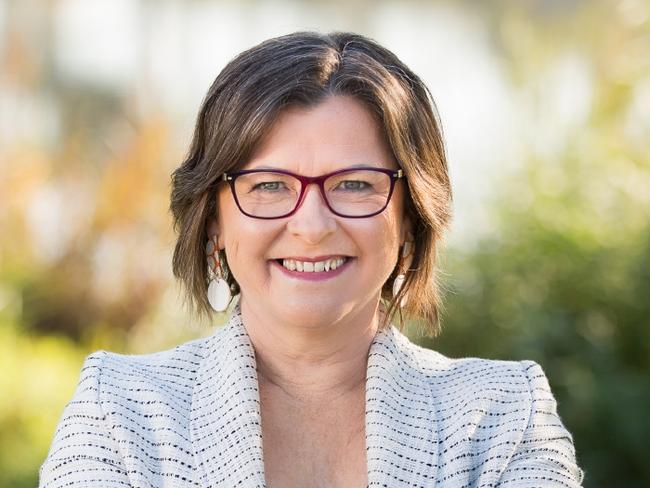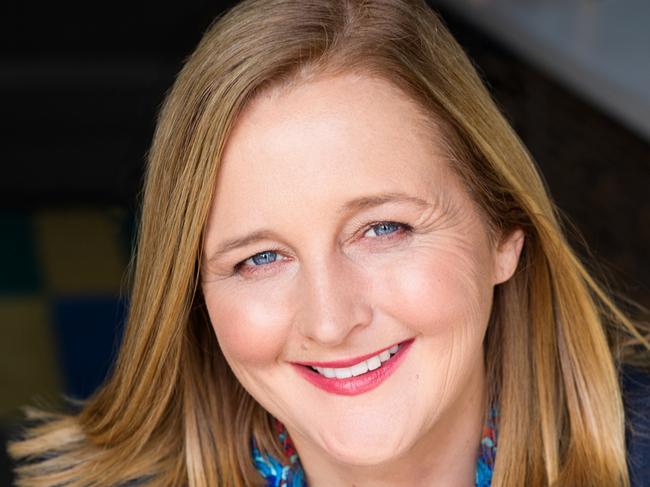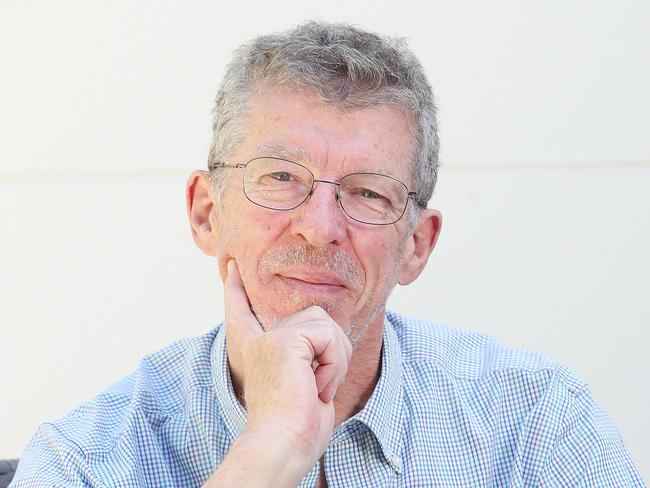Cervical cancer could eliminated in Australia within five years
Australia is on track to eliminate a type of cancer in the next five years, in what would be a world-first. See how.

Health
Don't miss out on the headlines from Health. Followed categories will be added to My News.
EXCLUSIVE
Australia will be the first country in the world to eliminate cervical cancer and it could happen as early as 2028, seven years earlier than promised.
The milestone is due to the combination of an Australian developed vaccine and a screening program which together have worked far better than predicted.
To speed up the elimination of the cancer the government will on Friday set a target to have 90 per cent of teenage boys vaccinated against the human papillomaviruses (HPV) that causes the cancer by 2030.
And it will also require 25 to 74 year olds to be screened for the cancer every five years instead of just twice in a lifetime.
Ninety five per cent of people diagnosed with precancerous lesions or cancer will be treated within six months and a road map of co-ordinated care will be implemented.

The measures are part of a $48 million National Strategy for the Elimination of Cervical Cancer launched by Assistant Health Minister Ged Kearney.
“Australia has always punched above its weight when it comes to cervical cancer, and now Australia is on track to be the first country in the world to eliminate this deadly disease,” she said.
Australia was already on-track to eliminate cervical cancer by 2035 but Professor Marion Saville, the director of the Australian Centre for Cervical Cancer Prevention, said it could be sooner.
“The modelling suggests we’ll get there sometime between 2028 and 2035. It’s a cancer that can be prevented with vaccination and with screening tests,” she said.

In 2017 Australia changed its screening from pap smears to a new PCR test and by 2022 an astounding 78 per cent of eligible women had taken this test.
“The enormity of this announcement cannot be understated. It’s an historic achievement – for researchers, medical professionals, doctors, nurses, patients, those who have recovered from cervical cancer and for those who we have sadly lost,” Ms Kearney said.
Since the pap smear test program began over 30 years ago the incidence of cervical cancer and mortality in Australia has been halved.

The World Health Organisation’s threshold for the elimination of the cancer is less than four cases of cervical cancer per 100,000 women. In 2018, Australia had 6.5 new cases per 100,000.
In 2022, it was estimated there were 942 new cases of cervical cancer and 222 deaths.
Professor Saville said it was not yet possible to achieve zero cases, because “some very rare types of cervical cancer (have) nothing to do with HPV that we’ve never been able to prevent.”
Another factor that could speed up elimination was early work on a therapeutic vaccine that would treat existing HPV infections, she said.

Victoria’s Small Business Commissioner Lynda McAlary-Smith had diligently had twice yearly pap smears since she was 18 but the busy working mum was six months late in getting screened at the age of 38.
When she finally had the test it found severe abnormalities, which she had to have removed three times. She ended up having a hysterectomy to prevent cancer as a fortieth birthday present.
“In a small percentage of people it keeps coming back and coming back,” she said.
She was so pleased when her two teenage children had the vaccine to prevent the virus that causes the cancer.
The news that Australia was on track to eliminate the cancer as early as 2028 “makes my heart sing”, she said.
“What a privilege it would be to be the first country in the world to eliminate a cancer because of a vaccine that we developed in Australia. It is just extraordinary,” she said.





